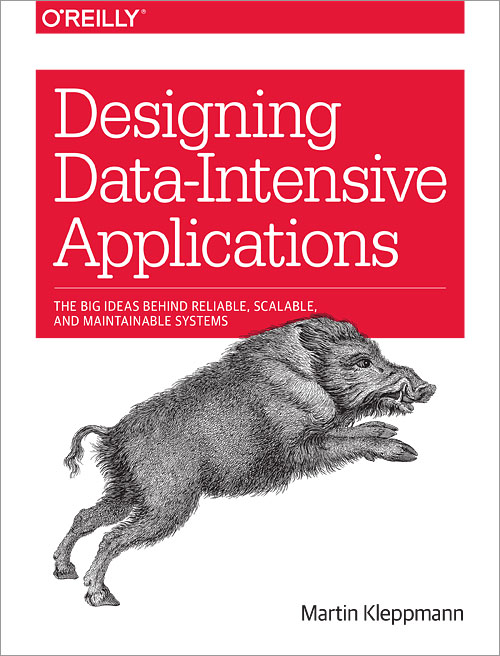Book Review: Designing Data-Intensive Applications by Martin Kleppmann

Designing Data-Intensive Applications by Martin Kleppmann (link)
What I needed answers for:
“In a massively distributed and concurrent systems scenario, how can one use databases (SQL/NoSQL) in a performant manner and yet still preserve data integrity/correctness?”
Key points:
- Traditional SQL databases (eg. PostgreSQL) are ‘bundled’ (ie. transactions, 2PL, indexes, joins, foreign key constraints, MVCC, etc)
- You can ‘unbundle the database’ in order to get more performance out of systems, but there are caveats
- ‘Unbundling the database’ means that you’ll have to build all the system guarantees that comes with ‘bundled’ databases by yourself
- General principles of building ‘unbundled’ systems
- Use systems that rely on write-ahead-log (WAL) (eg. Kafka) for their durability and atomicity guarantees
- Design system actions to be idempotent (ie. the side effect of an action is guaranteed to be executed only once, even if you repeat the execution of the given action) (eg. Consumer that sends out email should only send at most one email to the customer)
- Increase system throughput by increasing partitions, instead of using coordination (eg. 2PC) or consensus-based (eg. Paxos) techniques
- Determine the constraints of the system
- Eg. Unique username required?
- Eg. Same business event should only occur at most once per day?
- Determine the required correctness of the system
- Eg. Ok to sometimes drop events? (eg. analytics systems)
- Eg. Ok to process events out-of-order?
- Eg. Ok to have duplicate events?
- Use event IDs to dedupe events
- Systems are composed of
stateandapplication, ie. database and code - Systems can be synchronous (eg. request/response) or asynchronous (eg. subscribing to events)
- Start to think of systems in a dataflow paradigm (eg. when someone messages you, data flows asynchronously from the other person’s phone to the server, and then you receive the message via a socket)
Why this book is awesome:
- Solid suggestions on how to make scalable data systems ✅ (especially Chapter 12, Unbundling Databases, and Aiming For Correctness🎖🙆♂️🤯)
- Effective presentation of pertinent concepts about distributed and concurrent systems
- Plenty of cross-references (note: a boatload of them!) for you to learn (even) more about data systems
- Beautiful illustrations at the start of every chapter
Tips on how to approach this book
- This book covers many topics, some of which may not be immediately useful to you at the moment (eg. for me, it was Chapter 4. Encoding and Evolution)
- Best way to let this book hold your attention is to start with the Index and the Summary
- Mark out what catches your eye and focus on those things
Closing thoughts:
- I concur with Kevin Scott’s glowing endorsement of the book:
“This book should be required reading for software engineers…” - Kevin Scott
- As software engineers, the applications that we build principally consists of two things:
stateandapplication code. - This book is a great introduction on how to handle data at rest (eg. databases), data at motion (eg. event streams), and the general principles on how to do both at scale.